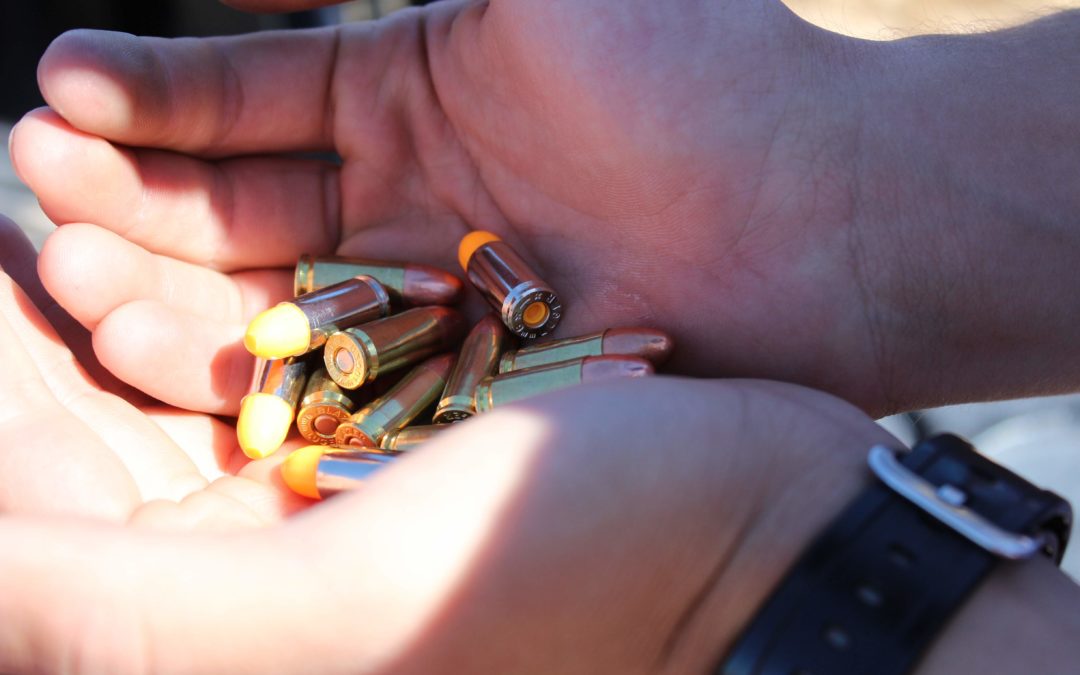Simply put, if your firearms training is completely benign and failure free, you are doing it wrong.
Let’s look inside why we train to begin with. We’re looking for confidence and skill – when? In the nightmare scenario, right? When, God forbid, we have to defend ourself or someone else with deadly force.
If that scenario isn’t bad enough, what do you do if you get a click, when you needed a bang? Is that the end and you accept your fate and a ticket to Valhalla?
I don’t suggest anyone subscribe to rolling over and dying (Oh well…) when it is totally unnecessary.
Training is where you want to fail. It is why we train. Whether it is sucky marksmanship, or lazy/rusty fundamentals, or the inability to efficiently overcome a problem with the gun and get back into the fight, your training time is where you find solutions.
Let’s start with a simple failure drill called Ball & Dummy. This can be done with a pistol or rifle, but we will use pistol terms here.
When you go to the range, mix dummy rounds (search dummy round on amazon – here is an affiliate link for 9mm) with your practice ammo. Fire as you normally do until you get a click instead of a bang. Then:
- Tap the magazine to ensure it is still seated
- Rack the slide to eject the “bad” round and chamber (you hope) one that will go bang
- Re-acquire your target and press the trigger.
Do this slowly. Then you can pick up the speed after you get used to the process. Make sure you are getting the gun up to your working space as with a reload. Slow is smooth; smooth is fast.
Follow, the three steps the same way every time. Tap, Rack, Re-acquire and fire. You are creating a “muscle memory”, or as we like to say, training your OODA loop. Tap, Rack, Re-acquire and fire.
You will teach yourself to calmly and efficiently solve the problem of a light primer strike or bad round (it happens even with the best store-bought ammo), or perhaps you accidentally hit the magazine release.
Another outcome of this drill, is you will notice if you are anticipating the recoil with the evil flinch.
As you get more comfortable and consistent, you can speed it up to introduce a bit of stress. Time yourself to see how long it takes you to solve the problem correctly – tap, rack, re-acquire and fire.
This is one of several failure drills that we introduce to our course participants – even in our basic courses. The proficiency that you gain from training to work through failures under stress greatly enhances your carry confidence.


Recent Comments